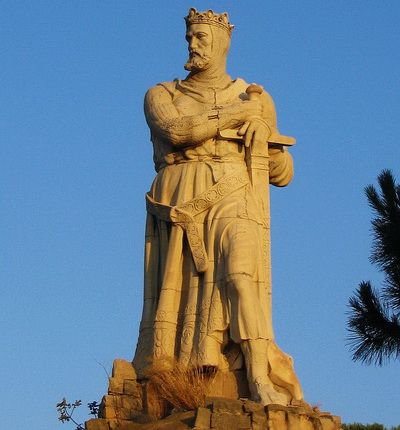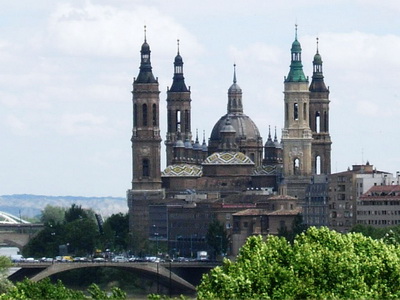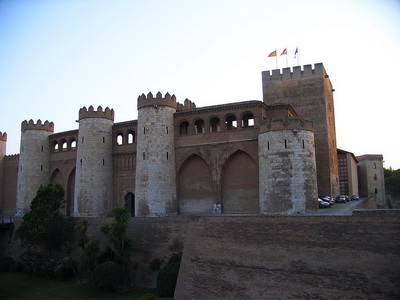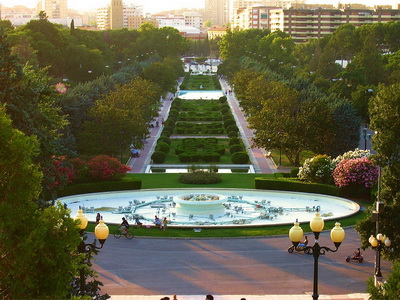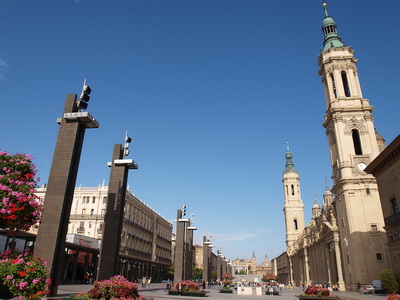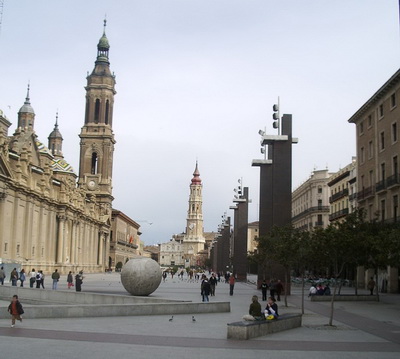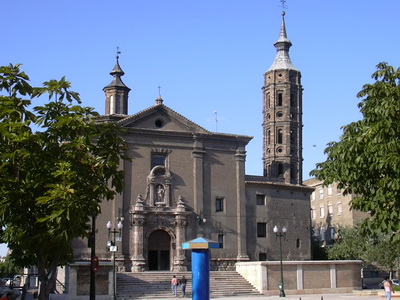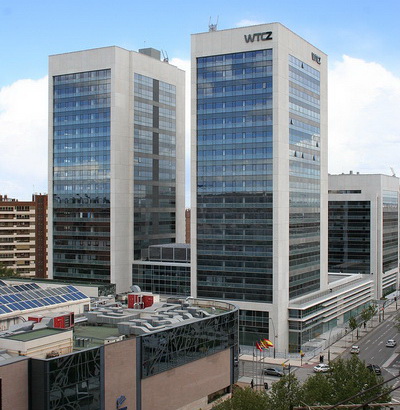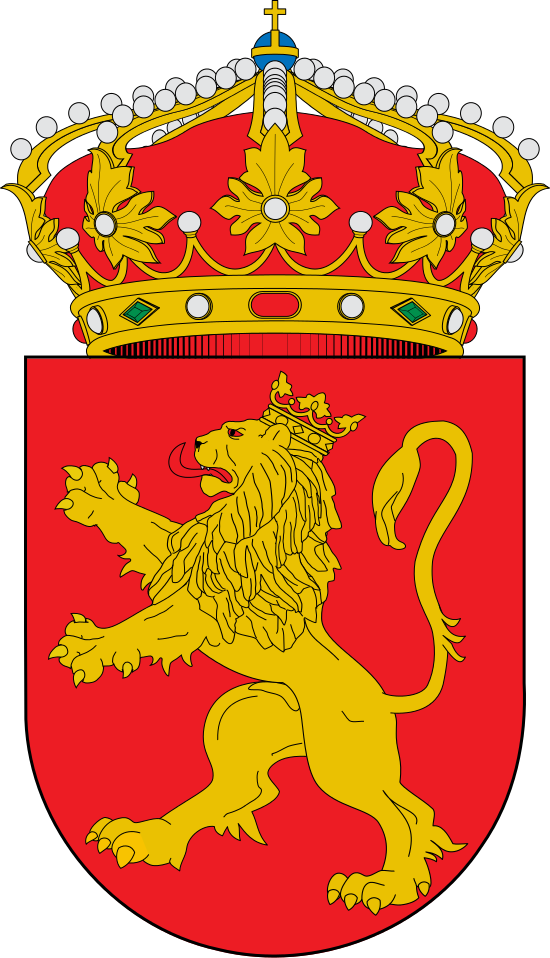An interesting and graceful city, Zaragoza (sometimes written as Saragossa) stands in the northeastern quarter of Spain and is the capital city of the Aragon area. Zaragoza is the fifth-biggest city in the whole of Spain and it's wealth and prosperity is reflected in the city's spacious boulevards, extensive shopping districts, lively bars and fine dining. Centred around the scenic River Ebro, Zaragoza is also known for its Roman heritage, being home to the Murallas Romanas, ancient remains of Roman walls, which once surrounded the central area.
Zaragoza is an inviting city that has managed to absorb its rapid growth with a rare grace. Its centre reflects an air of prosperity in its wide, modern boulevards, and stylish shops and bars. Highlights include the spectacular Moorish Aljafería, an impressive collection of Roman ruins and an awesome basilica, devoted to one of Spain’s most famous incarnations of the Virgin Mary, Nuestra Señora del Pilar.
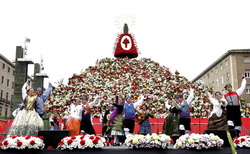 Throughout the year, Zaragoza hosts many significant festivals, which appeal to both tourists and locals but the main ones, the city’s fiestas in honour of the revered saint - which take place throughout the second week of October, featuring a breathtaking mountain of flowers in the central Plaza del Pilar square - are well worth planning a trip around, so long as you can find accommodation. In addition to the religious processions (which focus on the 12th), the local council lays on a brilliant programme of cultural events, featuring top rock, jazz and folk bands, floats, bullfights and traditional jota dancing.
Throughout the year, Zaragoza hosts many significant festivals, which appeal to both tourists and locals but the main ones, the city’s fiestas in honour of the revered saint - which take place throughout the second week of October, featuring a breathtaking mountain of flowers in the central Plaza del Pilar square - are well worth planning a trip around, so long as you can find accommodation. In addition to the religious processions (which focus on the 12th), the local council lays on a brilliant programme of cultural events, featuring top rock, jazz and folk bands, floats, bullfights and traditional jota dancing.
The Plaza del Pilar is the obvious point to start exploring Zaragoza. The square, paved in a brilliant, pale stone, was remodelled in 1991, creating a vast, airy expanse from La Seo, past the great Basílica de Nuestra Señora del Pilar, and over to Avda. César Augusto. The plaza spans the city’s entire history: Roman ruins at both ends; between the churches, a Renaissance exchange house, the Lonja; and at the centre, some modern statuary and the Fuente de la Hispanidad, a giant waterfall shaped like a section of Central America and the Caribbean to commemorate 1492.

